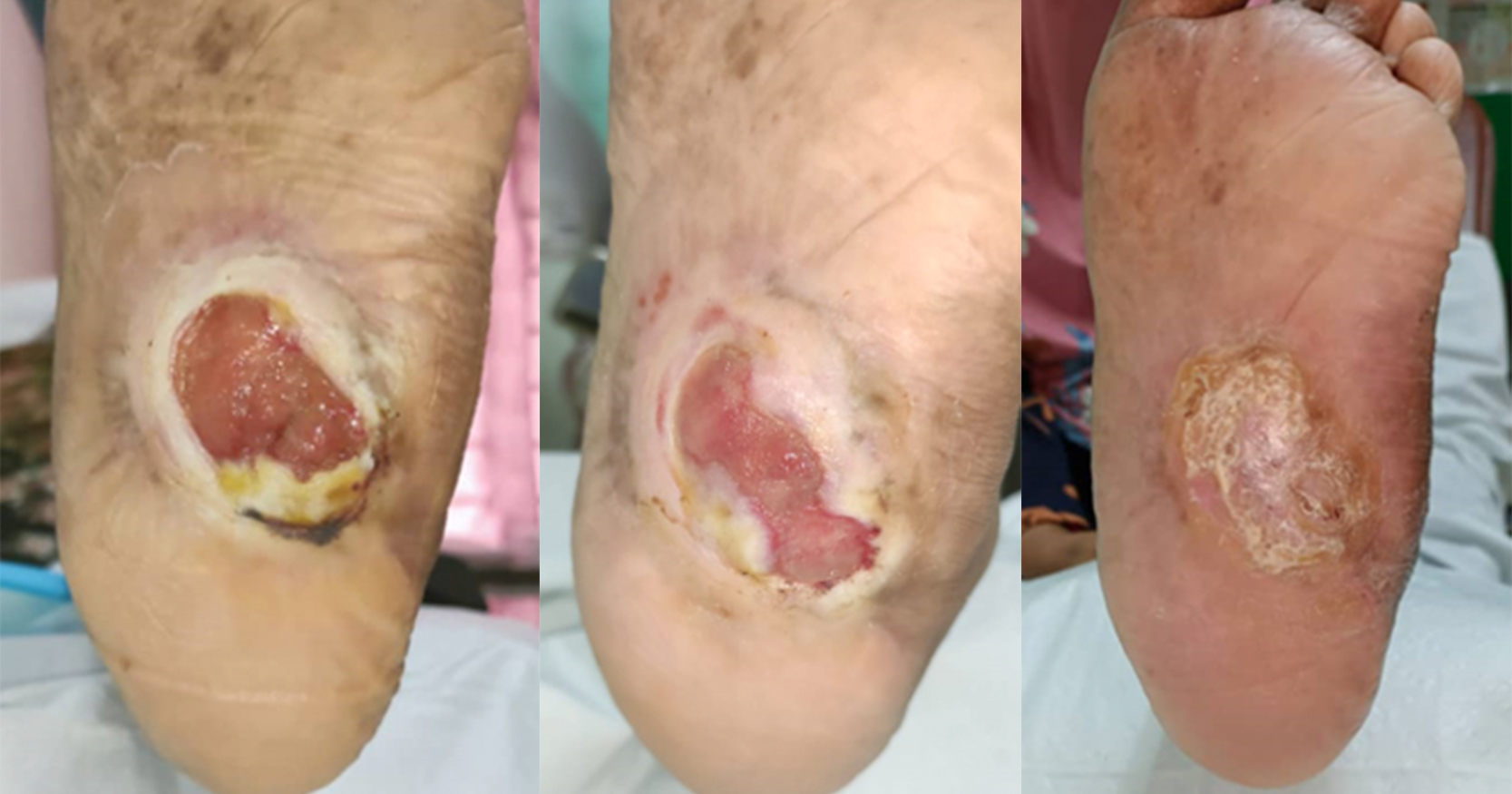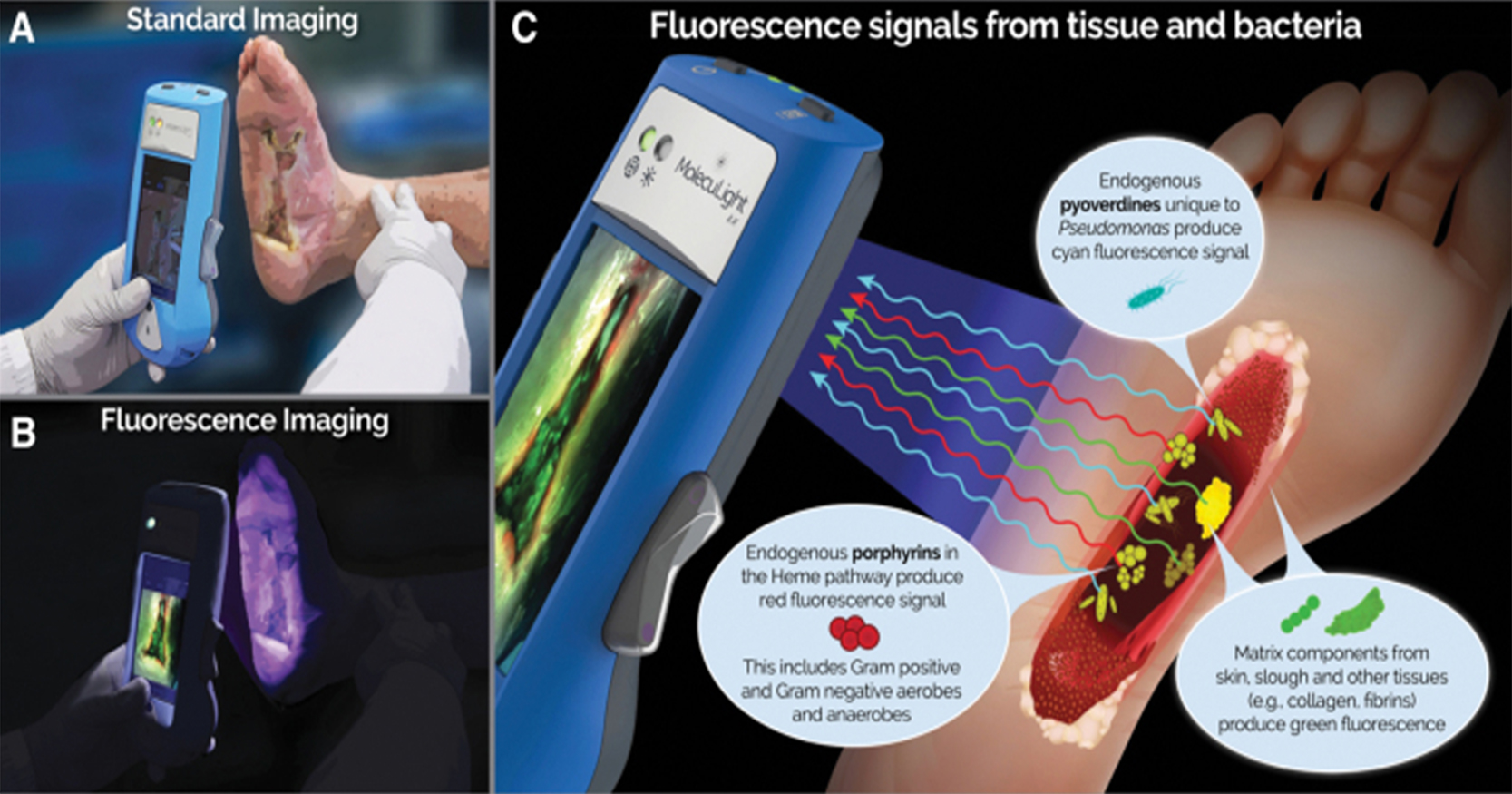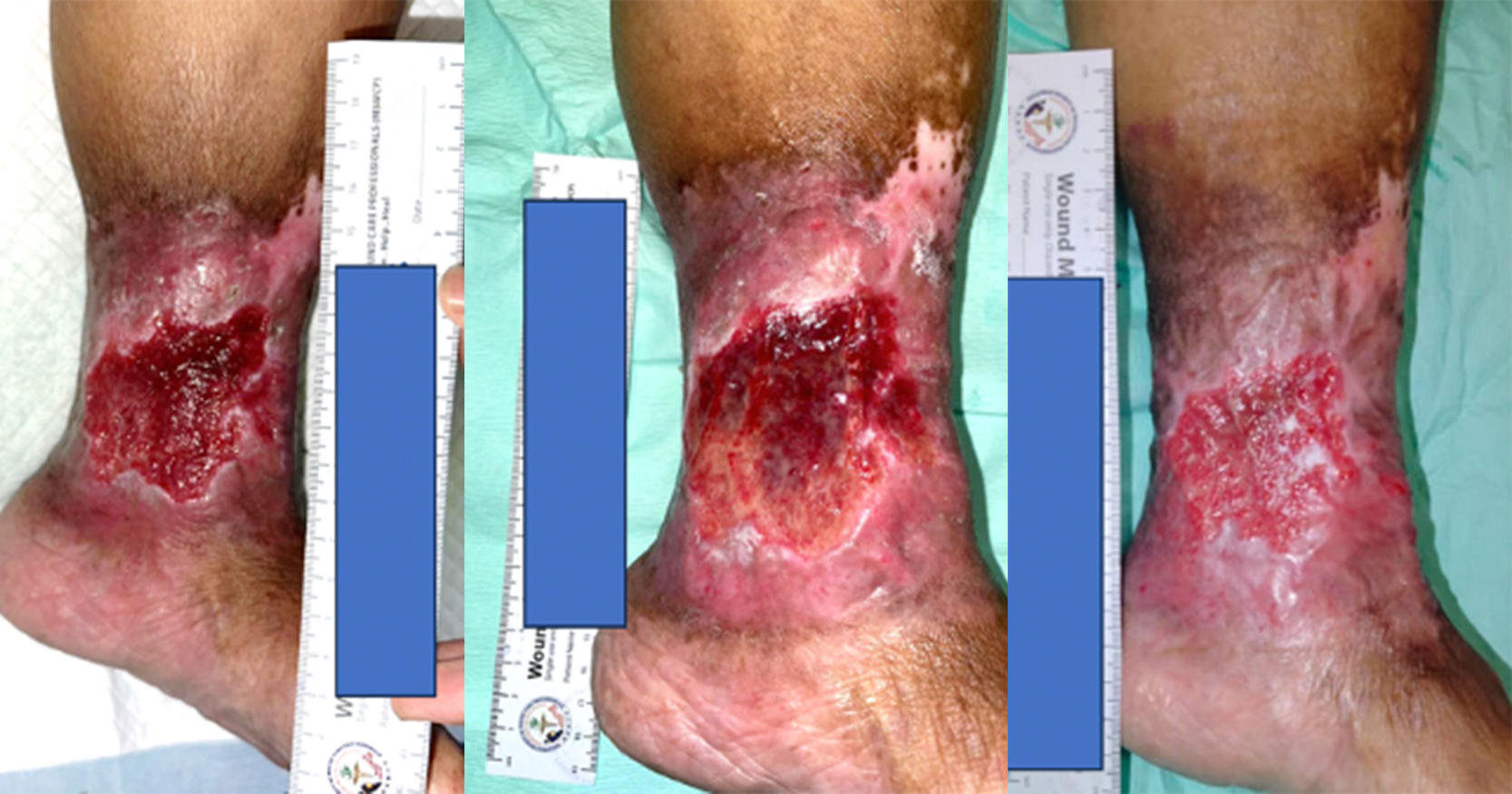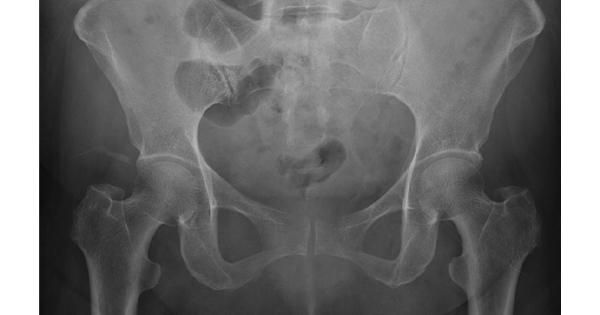Hard-to-heal wounds are characterised as wounds that do not heal in an orderly and timely manner with normal care (Troxler et al, 2006; Milne et al, 2020). Infection is the most common reason for hard-to-heal wounds stalling during the inflammatory phase, and it has a significant social and economic impact, lowering the quality of life for millions of patients globally. (Tenke et al, 2017; Zimmerli and Sendi, 2017). The possibility of a wound becoming infected is high since the wound surface is densely populated with a range of bacterial species (Bowler et al, 2001). Furthermore, the presence of fluid and nutrients in wound exudate and the moist condition, creates an excellent ecosystem for bacterial growth. Therefore, if the goal of therapy is to prevent wound infection and the resulting rise in patient morbidity, keeping the wound bacterial load at a threshold at which the host maintains control is crucial. Accordingly, a quality wound care plan is a fundamental prerequisite for wound healing and effective infection control in acute and chronic wounds (Atiyeh et al, 2009).
A quality wound care regimen begins with a good wound bed preparation with the goal of achieving an ideal wound-healing environment to either expedite endogenous healing or promote the effectiveness of various therapeutic procedures (Wolcott and Fletcher, 2008). A study by Schultz et al (2003) highlighted that tissue management, inflammation and infection control, moisture balance, and epithelial (edge) advancement are the four parts of wound bed preparation that must be dealt in a systematic manner in order for wounds to heal. In accordance with this, wound cleansing can aid in the achievement of wound bed preparation goals by assisting in the removal of loose particles to establish ideal local conditions for wound healing by eliminating exudate and other debris. Irrigation is the recommended method of wound cleansing because it may remove debris and bacteria from the site while minimising stress to the wound bed. Normal sterile saline and water have traditionally been used in wound cleansing since they are nontoxic and do not disrupt healing tissues. However, in the absence of an antimicrobial component, both saline and water have no beneficial effect on wound healing because the infection remains on the wound site.
Some studies have supported the use of Electroactivated Super-Oxidized Water (EASW), also known as super-oxidized solution (SOS), as a wound cleansing agent to treat hard-to-heal wounds. There is a growing body of literature that recognises role of EASW in combating wound infection that facilitates the wound healing process (Martínez‐De Jesús et al, 2007; de Angelis et al, 2013; Velazquez-Meza et al, 2015; Eftekharizadeh et al, 2016; Prabhakar et al, 2016; Singal et al, 2016; Del Rosso, and Bhatia, 2018; Severing et al, 2019; Gold et al, 2020). This study discusses a case series of patients with chronic wounds who were treated with EASW (brand name: HYDROCYN aqua) to control the infection, improve granulation and accelerate healing.
Methodology
Patients case studies with various types of chronic wounds were analysed. Cases of patients treated at government hospitals throughout Malaysia were collected according to the inclusion and exclusion criteria described in Table 1.
Electro-activated superoxidised water (brand name: HYDROCYN aqua®, Bactiguard SEA Sdn.Bhd.) was used to cleanse the wound before proceeding with an appropriate secondary dressing based on the wound condition.
The wound was assessed and managed with every other day (EOD) or daily dressing with EASW based on the wound condition. Firstly, gauze soaked in EASW was applied to the wound for 10 to 15 minutes to remove microorganisms and to perform autolytic debridement to soften slough. The bacteriostatic hydrogel was then applied evenly on the entire wound surface for those wounds that needed moisture. The decision on applying hydrogel was based on a combination of clinicians’ experience and preference in treating such wounds. The wound healing progress was recorded by capturing wound pictures using digital photography and measuring wound size using a paper ruler.
Results
A total of five wounds were included in this case series and there were three males and two females patients. The wounds’ aetiologies included surgical wounds, venous leg ulcers, diabetic foot ulcers, and traumatic wounds (Table 2). Of the five cases, four used a sodium hypochlorite-based hydrogel (brand name: HYDROCYN aqua gel) after cleaning with EASW. Each patients’ demographic data such as age, gender and wound type were recorded. Table 2 illustrated the basic patient demographic. All the wounds (n=5) had achieved either complete closure or improvements from the initial baseline status.
Case 1
A 60-year-old female presented with a sloughy wound with moderate exudate. HDYROCYN aqua solution was used to treat the wound, which was the result of infection after coronary artery bypass graft (CABG) at the donor site. At presentation the wound condition appears to be sloughy with moderately exuding. HYDROCYN aqua gel was used after cleaning the wound with EASW. After 10 days of treatment, the wound had no signs of infection and or exudate, with signs of re-epithelisation. Within a few weeks of wound management using HDYROCYN aqua solution, the wound condition improved and had almost completely healed by 10 weeks.
Case 2
A 66-year-old female, presented with a diabetic foot ulcer (DFU) following a left toe ray amputation. The wound was pale in colour, with medium amount of exudate and has fetid odour. After 24 weeks of treatment with HYDROCYN aqua, the wound showed improvement with no exudate or odour. There were signs of healthy granulation tissue and a reduction in wound size by 70%. On week 28, the wound showed good healing progress with a reduction in wound size by 98%.
Case 3
A 60-year-old female, presented with a sloughy wound with moderate exudate. The patient had a right 4th finger amputation wound which was treated, for three weeks, using HYDROYCN aqua and HYDROCYN aqua gel. The wound was initially sloughy with mild amount of exudate, and showed an improvement after three weeks of treatment. Granulation tissue formed and the wound healed well.
Case 4
A 45-year-old male, presented with a sloughy, exuding wound with a fetid odour. HYDROCYN aqua and gel was used to manage the chronic venous leg ulcer. After 12 weeks of application, the wound showed sign of healing with no exudate and no odour. The wound size had also reduced.
Case 5
A 58-year-old male presented with a laparotomy dehiscence wound. HYDROCYN aqua in combination of HYDROCYN aqua gel was used every other day. The wound site had no exudate and was odour less. After 16 weeks of application, wound re-epithelisation was almost complete.
Discussion
Most wounds should heal within four weeks (depending on their size and the patient’s underlying comorbidities), but chronic hard-to-heal wounds may take longer or may not heal at all if proper treatment is not provided (Vowden, 2011). The intricacies of a wound, such as moisture control, the existence of tunnelling/undermining, and/or the prevalence of infection, particularly biofilm, make hard-to-heal wounds a struggle for health professionals to treat. In fact, if not treated properly these wounds may precede catastrophic outcomes such as limb amputations or even death.
Commonly, health professionals use wound bed preparation with the TIME tool to evaluate and manage chronic wounds. Its equips the treating health professional with a methodical way to treat chronic wounds, guaranteeing that reasonable therapies are applied, and making sure that responses are tracked and treated appropriately (Harries et al, 2016). Halim et al (2012) state that to improve a patient’s capacity for healing, systemic factors must be treated before the wound bed is prepared. The initial phase of wound bed preparation is tissue management, with the objective of restoring a viable wound base with a functional extracellular matrix. In this phase, wound cleanser solution plays an important role because it is used to debride (remove) necrotic tissue, bacteria, and cells that are in the way of the healing process. This helps prevent infection and tissue loss.
In this study, each of the five cases showed decreased slough, exudate, wound size and the growth of healthy granulation tissue with new epithelisation. EASW facilitates the mechanical removal of dead, damaged, and contaminated tissues from the wound and its surrounding area, where the microorganisms are rinsed away with solution. In addition to its primary mechanical cleansing action, the solution protects the wound from microbial invasion by reducing the microbial load at the wound upon contact with the solution. EASW contains the well-known antimicrobial agents hypochlorite ion (HOCl) and reactive oxygen species (ROS), and it kills microorganisms by denatured bacterial cell wall proteins (Kapur and Marwaha, 2011). EASW generates an unbalanced osmolarity that is detrimental to single-celled organisms due to the osmolarity discrepancy between the concentrations of the ions in the solution and the concentrations of the same ions in the bacterial cell. Since multicellular organisms are not susceptible to such osmolarity fluctuations, the solution is non-cytotoxic. Once the membrane of a single cell is compromised, the ions in the solution also denature the bacterial proteins (Banwart, 1989; Armstrong et al, 2015). These attributes of EASW help to foster conditions that are favourable for the body’s natural process of wound healing to take place.
Furthermore, usage of sodium hypochlorite-based hydrogel (HYDROCYN aqua gel) once cleansed with EASW has demonstrated promising results in the treatment of hard-to-heal wounds. These observations are consistent with those of previous research, indicating that the use of hydrogel creates a moist wound environment that promotes chronic wound healing (Singh et al, 2013; Wu et al, 2017; Gupta et al, 2019). The hydrogel creates a moist wound environment to promote wound healing by preventing dehydration and accelerating keratinocyte proliferation and migration, as well as softening hard, dry eschar (Sharman, 2003). Notably, the presence of sodium hypochlorite as an active ingredient in the hydrogel provides a bacteriostatic effect that prevents infection. To date, several studies have confirmed the antimicrobial efficacy of sodium hypochlorite (Antonelli et al, 2019; Ballal et al, 2019; Severing et al, 2019; Vajrabhaya et al, 2022).
Limitation
This study lacks a control or active comparison, patient and physician blinding, and standardised procedures. In addition, this report is based solely on a small sample size of five case series. Therefore, it is suggested to conduct a randomised clinical trial to investigate the wound healing rate with increased sample size.
Conclusion
The use of EASW (HYDROCYN aqua) as a wound cleanser improved the wound healing process in every case in this study. Moreover, application of the bacteriostatic HYDROCYN aqua gel after wound bed preparation served as a barrier to infection and assisted in maintaining a clean wound bed. This retrospective case series demonstrates the efficacy of EASW as a standard treatment for complex chronic wounds, highlighting positive healing outcomes. The encouraging results emphasise the need for a randomised clinical trial to evaluate the efficacy of EASW in accelerating chronic wound healing.








